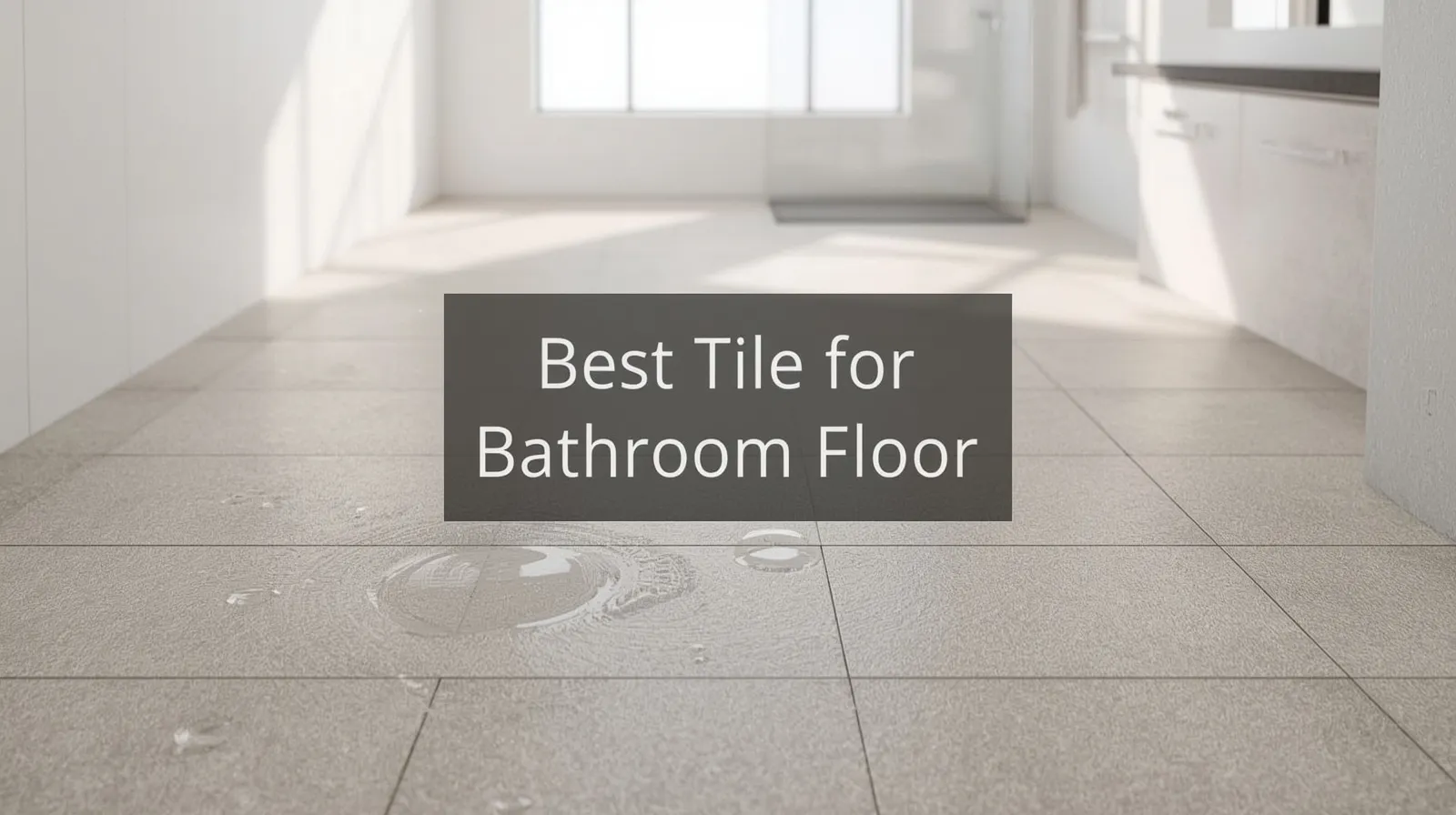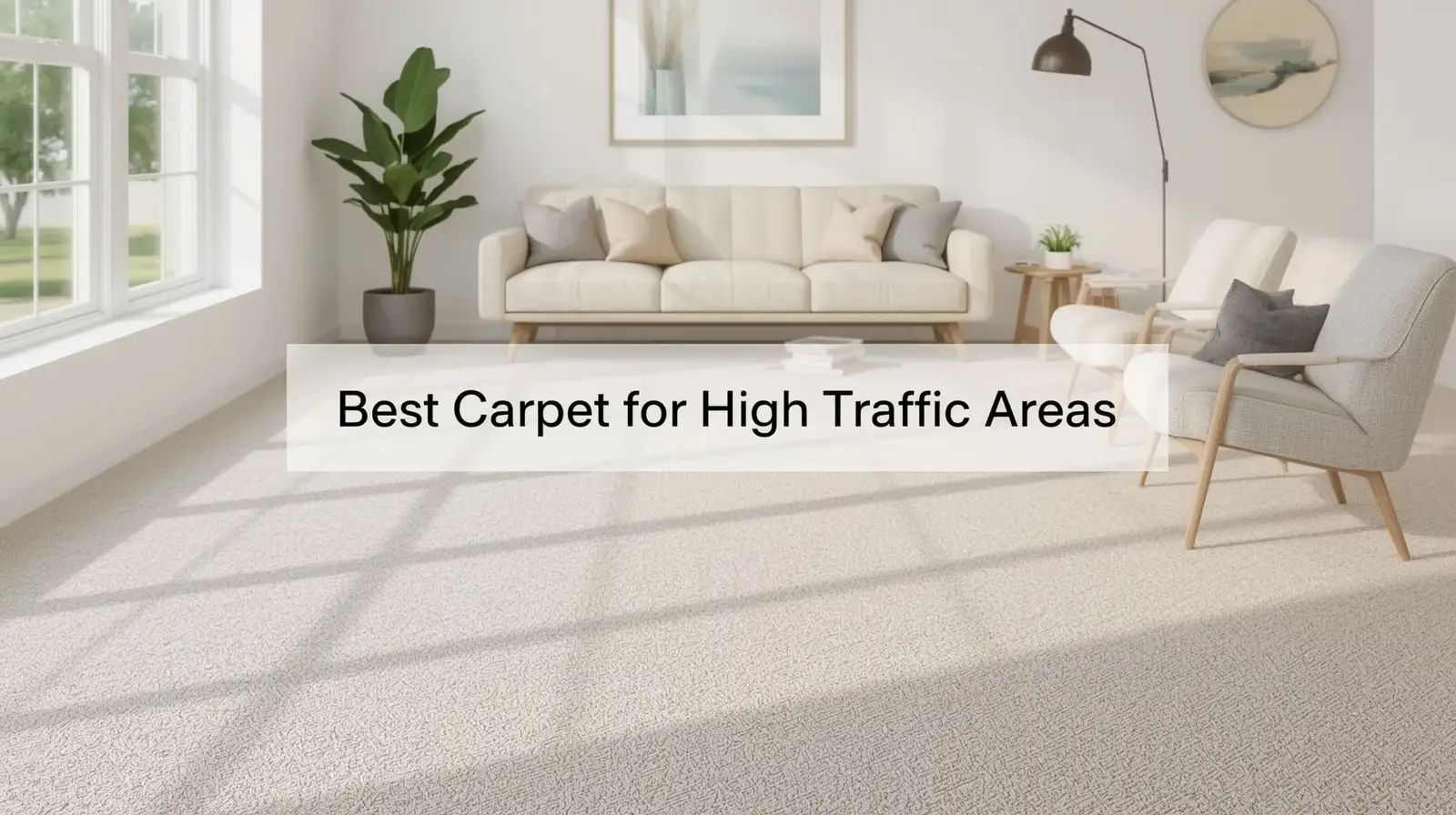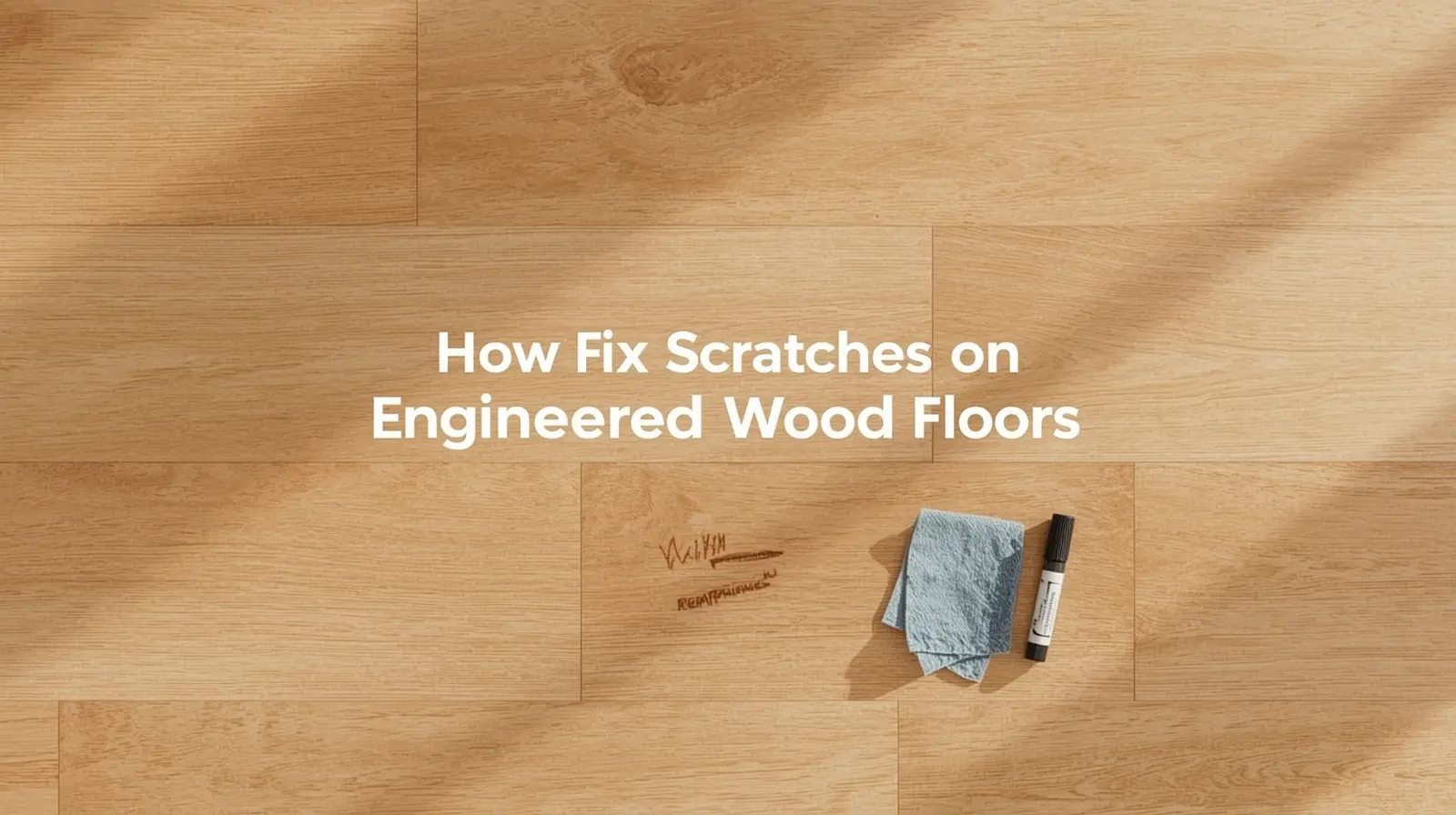Blinds give your home privacy, shade, and style. But sometimes, you need to take them down maybe for a deep clean, to swap them for new ones, or to repair worn parts. Knowing how to take blinds down saves time, prevents damage, and helps you keep your home looking sharp. This guide explains the process step by step, using clear language so anyone can follow. From horizontal blinds to cordless designs, you’ll learn simple methods, safety tips, and tricks for handling different styles.
Understanding Why Homeowners Remove Window Blinds
Blinds don’t last forever, and there are many reasons people decide to remove them. Dust builds up over time, making blinds look dull and unhealthy for people with allergies. Pets or kids may bend slats, chew cords, or loosen brackets. Styles also change what looked good a decade ago may now clash with your décor. Some homeowners remove blinds only to wash them properly, while others take them down before painting or remodeling. By learning the right removal steps, you avoid scratching your windows, breaking brackets, or bending slats. Taking blinds down is a small skill that pays off again and again.
Preparing Before You Start: Tools and Safety Tips
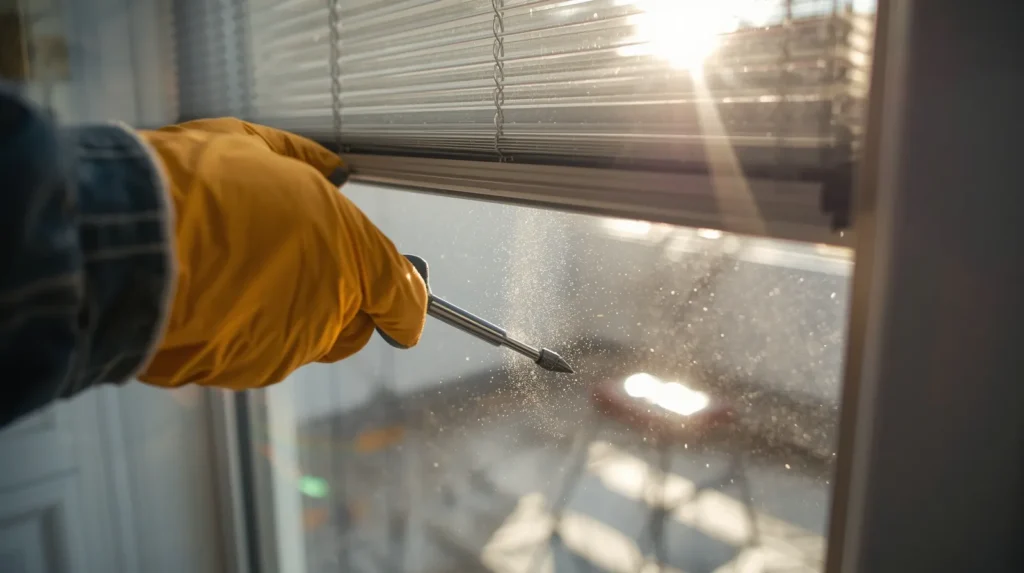
Preparation makes the job easier. Before starting, gather what you need:
- Flathead screwdriver or drill (for loosening brackets).
- Gloves (to protect your hands from dust or sharp edges).
- Step stool or ladder (if blinds are high).
- Sheet or towel (to catch falling dust or screws).
Always inspect your blinds before beginning. Are they held by clips, screws, or spring brackets? Cordless blinds and top down bottom up designs may have hidden tabs. Knowing this first prevents mistakes later. Work in daylight or with good lighting so you can clearly see what you’re doing. If blinds are heavy like wooden or wide faux wood designs—ask someone to help. Small details, like turning off ceiling fans and keeping pets away, can make the process smoother and safer.
How to Take Blinds Down Safely Without Damage
The goal is not only to remove blinds but to keep them in good condition. Follow these steps:
- Raise the blinds fully. This stacks the slats at the top, reducing weight and making them easier to handle.
- Check the brackets. Most blinds have two brackets at the top corners. Some have locking tabs or flaps, while others use clips.
- Release the headrail. Use your finger or screwdriver to press the tab or lift the flap. Always support the blinds with your free hand.
- Slide the blinds forward. Once the headrail is loose, gently slide it out of the brackets.
- Lower carefully. Place the blinds on a flat surface like a blanket to prevent scratches.
Avoid pulling hard or twisting the blinds while removing them. This could bend the rail or crack plastic parts. Taking your time helps you avoid accidents and keeps the blinds reusable.
Step-by-Step Guide: How to Remove Window Blinds from Brackets
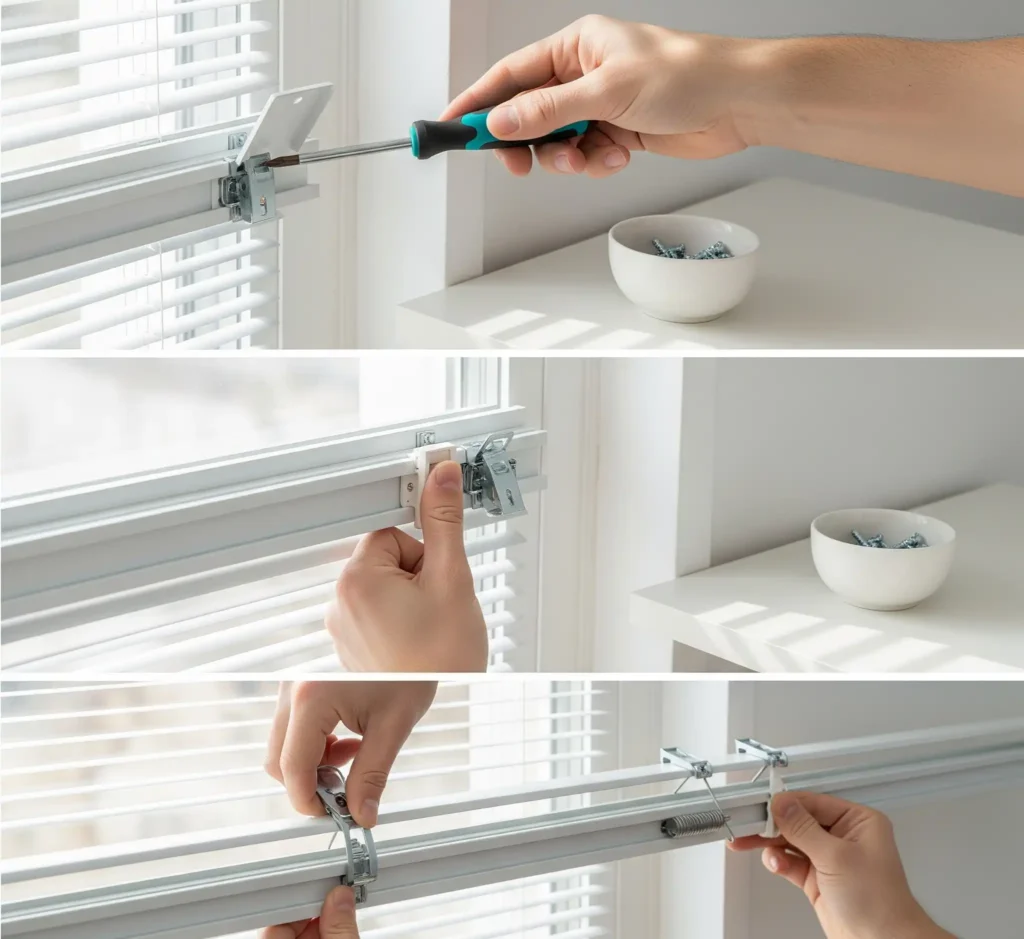
Every blind has a headrail fixed to the wall or frame using brackets. Removing these correctly is the key to success. Here’s how:
- Open-face brackets: These have a front flap that swings open. Use your screwdriver to lift the flap, then pull the headrail forward.
- Clip-on brackets: Press the small clip with your thumb or tool. Once the pressure releases, the headrail slides out smoothly.
- Spring-loaded brackets: Hold the headrail firmly with two hands. Pull gently forward until the spring gives way, then remove the rail.
Keep screws, clips, or small parts in a small bowl or bag. This ensures you don’t lose them if you plan to reinstall later. If you’re removing blinds for cleaning, label which brackets belong to which window this saves confusion when putting them back. For tall windows, always use both hands and avoid leaning too far from a ladder. Safety first makes the process stress-free.
Taking Down Horizontal Blinds and Mini Blinds Correctly
Horizontal blinds and mini blinds are among the most common window coverings in homes. Removing them is straightforward once you know how the brackets work. Start by pulling the slats all the way to the top. This makes the blind compact and lighter to handle. Mini blinds usually connect to small spring-loaded brackets. Push back the spring tab using your thumb or a flathead screwdriver.
Once the pressure releases, gently slide the headrail forward. Horizontal blinds, which are often wider, may use latches instead of spring tabs. Flip the latch open, hold the headrail with both hands, and lift it out. Always support the blinds when releasing them to avoid sudden drops. Handling them gently helps you keep both the blinds and the wall safe from scratches.
How to Remove Faux Wood, Vinyl, and Wooden Blinds
Blinds made from different materials need slightly different care. Faux wood blinds are heavy, so having another person nearby is helpful. Once you’ve released the brackets, lift both ends evenly to prevent the headrail from bending. Vinyl blinds are lighter and flexible, but the slats can crease if you squeeze them too hard. Handle them softly and place them on a flat surface after removal. Wooden blinds, while strong, can chip or crack at the edges if not supported correctly. Remove them slowly and place them on a towel or blanket to protect the finish. Taking these small precautions ensures the blinds stay in good condition, whether you’re cleaning or reinstalling them later.
Tips for Removing Cordless and Top Down Bottom Up Blinds
Cordless blinds operate differently because they use spring-loaded tension instead of cords. To remove them, first push the slats all the way up. Locate the brackets on each side and check for small release buttons or levers. Press these gently while holding the headrail steady. Slide the blinds forward until free.
With top down bottom up blinds, you’ll often see extra cords or clips at the top. Disconnect these carefully before removing the headrail. Because these blinds have more moving parts, it’s easy to damage them if you rush. Always use steady, even pressure when loosening the brackets. If you feel resistance, pause and double-check for hidden screws or clips. A careful approach saves both time and money by keeping the blinds intact.
How to Take Down Blinds with Clips and Special Mounts

Some blinds especially venetian, pleated, or custom designs use clips or specialty mounts instead of standard brackets. These clips can be small and tricky to spot. Look closely at where the headrail meets the window frame. If you see slim metal or plastic clips, press outward on them with your thumb or a screwdriver.
At the same time, gently pull the headrail forward. Work one side at a time until both ends are free. For blinds with decorative mounts, check if the covers hide small screws. Remove these before trying to slide the blinds out. If clips feel tight, avoid using force, which can crack the plastic. Instead, apply slow, steady pressure until they release. Having patience with clip systems prevents unnecessary damage and makes reinstalling easier later.
Cleaning Made Easy: Removing Blinds for Washing or Dusting
Blinds gather dust and dirt fast, especially in kitchens and living rooms. That’s why many people prefer to take them down before cleaning. Once removed, place vinyl or aluminum blinds in a bathtub with warm soapy water. Let them soak, then wipe with a sponge. Faux wood or wooden blinds should not be soaked, since water can cause warping. Instead, wipe each slat with a damp cloth and dry immediately. Always let blinds dry fully before reinstalling, to avoid mildew or damage. Cleaning blinds after taking them down is not only easier but also more thorough, leaving your windows fresh and bright.
When to Replace Old Blinds Instead of Reinstalling
Sometimes blinds are too worn to put back. If cords are frayed, slats are broken, or mechanisms are stiff, replacing might be smarter. Old blinds may also look outdated and no longer match your home style. Removing them gives you the chance to upgrade to modern options, such as cordless blinds or motorized shades. During removal, inspect the brackets too. If they are rusted or cracked, it’s safer to start fresh with new hardware. CV Floors & Blinds often advises customers to replace blinds if they no longer function smoothly. A new set not only improves the room’s look but also adds comfort and safety.
Local Help with Window Blinds Removal in Coachella, CA
While many blinds are simple to remove, others can be challenging especially large wooden blinds or blinds mounted high above the floor. If you don’t feel comfortable, it’s wise to call professionals. In Coachella, CA, CV Floors & Blinds provides expert help for blind removal, cleaning, and replacement. Our team has years of experience handling everything from mini blinds to faux wood and venetian blinds. We work carefully to protect your walls and windows while ensuring your blinds come down safely. Local service means you get trusted care and peace of mind when handling your window treatments.
Conclusion
Learning how to take blinds down gives you confidence to care for your home. With the right tools, careful handling, and patience, anyone can manage this task. From mini blinds to cordless and venetian designs, the process becomes easy once you understand brackets and clips. Some blinds are worth reinstalling after cleaning, while others may be better replaced with newer options. Either way, removing blinds is a helpful skill that saves money and keeps your home looking neat.
Looking to remove, clean, or replace blinds with ease? Reach out to CV Floors & Blinds for expert guidance and service. Our team makes the process stress-free so your home always looks its best.


